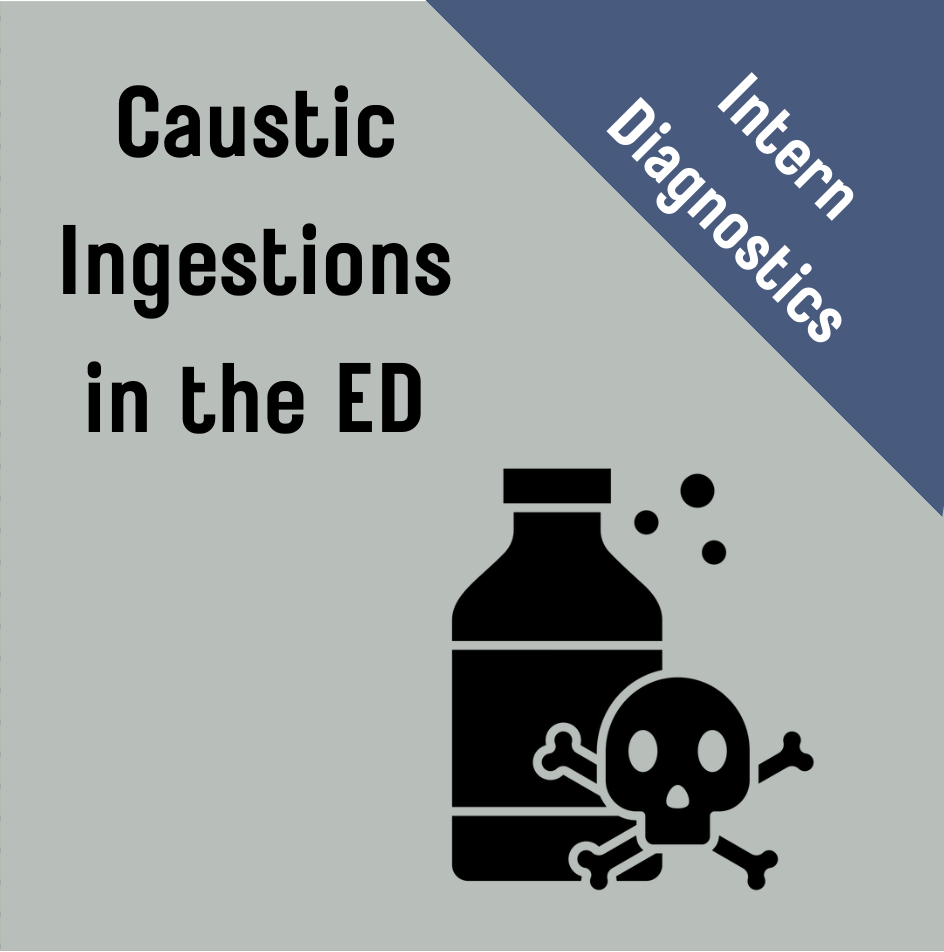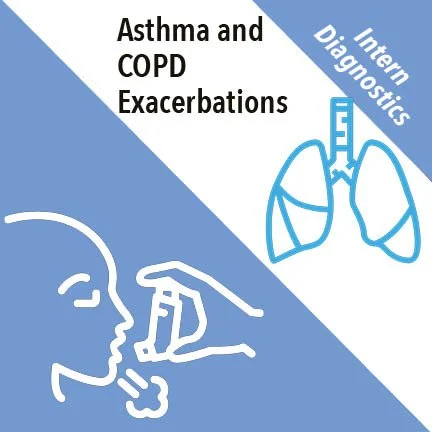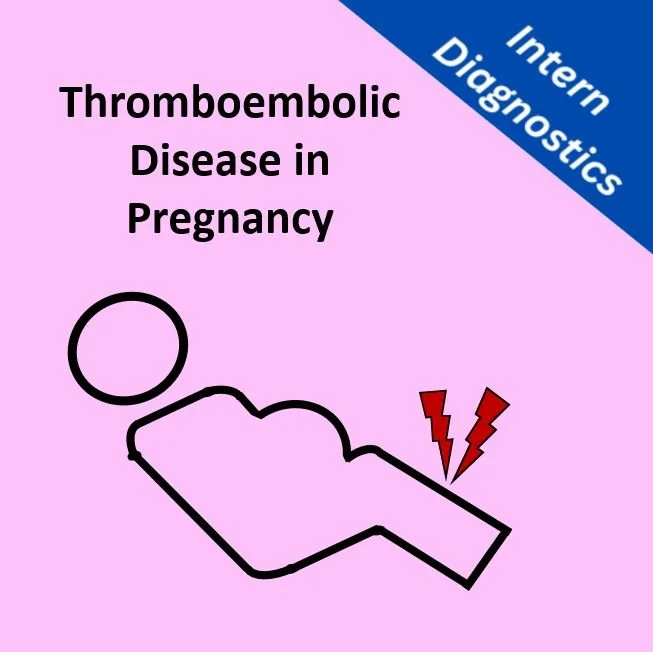Blunt Thoracic Trauma in the Emergency Department
/Blunt thoracic trauma represents a large portion of trauma related injuries in the emergency department. Join Dr Ware as she discusses a practical approach to initial assessment using the ABCs, highlights the role of imaging (X-ray vs CT), and reviews management of common thoracic injuries.
Read More


















